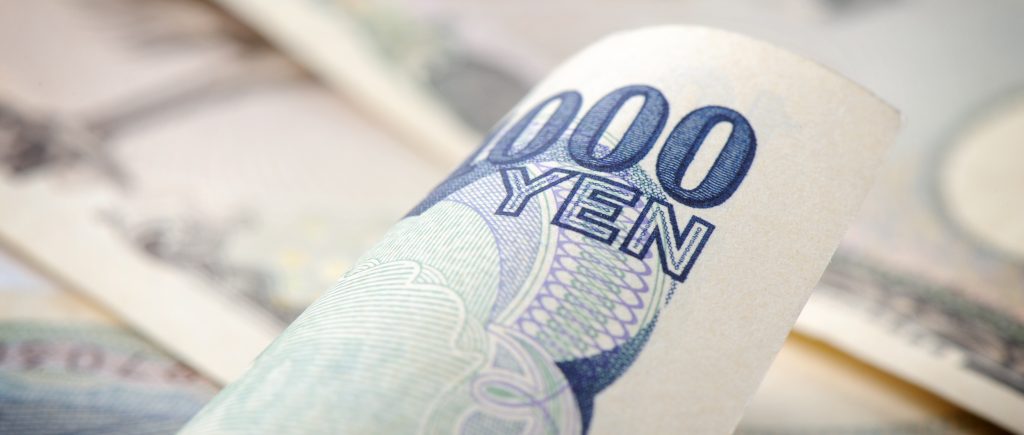
Yen Gains as Central Bank Policies Diverge
The Japanese Yen (JPY) is showing modest gains against the US Dollar (USD), a reflection of the persistent policy divergence between the Bank of Japan (BoJ) and the Federal Reserve (Fed). While the JPY has been a safe-haven asset, its recent strength is primarily driven by the BoJ’s increasingly hawkish stance, which stands in stark contrast to the Fed’s anticipated rate cuts.
The BoJ has signaled its intention to continue on a path of monetary normalization, with a potential rate hike by the end of the year. This is a direct response to recent economic data, which shows Japan’s economy growing more than expected in the second quarter despite headwinds from new US tariffs. The BoJ’s hawkish outlook is a significant factor supporting the JPY, as higher interest rates make a currency more attractive to investors.
Fed’s Rate Cut Expectations and Geopolitical Cues
Conversely, the market is betting on the Fed resuming its rate-cutting cycle in September. The CME Group’s FedWatch Tool indicates an almost 85% chance of a rate cut, a move that would weaken the USD. The possibility of two 25-basis-point cuts in 2025 further highlights the growing policy gap between the two central banks, which benefits the lower-yielding JPY.
Adding to the currency’s complex backdrop are ongoing geopolitical developments. Hopes for a peace deal between Russia and Ukraine, spurred by President Trump’s efforts to facilitate a face-to-face meeting between the two leaders, have dampened the appeal of traditional safe-haven assets. This uncertainty is keeping a lid on the Yen’s gains, as traders remain cautious.
Ultimately, the short-term direction of the USD/JPY pair will hinge on upcoming economic data and central bank commentary. The market is keenly awaiting the FOMC minutes on Wednesday and Fed Chair Jerome Powell’s speech at the Jackson Hole Symposium for clarity on the Fed’s future rate path. These events will provide crucial signals that could either reinforce or disrupt the current dynamic.
 Noor Trends News, Technical Analysis, Educational Tools and Recommendations
Noor Trends News, Technical Analysis, Educational Tools and Recommendations




